|
Why does the film's title number feature a cigarette ad? — BY KELLI MARSHALL This post is part of our series Backdrops in Singin' in the Rain, which honors the Art Directors' Guild MGM Backdrop Recovery Project and reminds audiences of the critical roles artists played in the production of classic films. The title number in Singin’ in the Rain (Stanley Donen and Gene Kelly, 1952) follows Gene Kelly as he sings and dances in front of a clothing store, music studio, hat shop, bookstore, art school, and pharmacy. The location before which Kelly spends the most time is the pharmacy, whose window display features a life-size advertisement for Mahout cigarettes. With cigarette in hand, a comically thin blonde woman kneels atop a platform that reads MAHOUT. Below her, two signs instruct passersby to “Smoke Mahout.” So what is Mahout? And what inspired MGM artists to create this ad/backdrop for the number’s pharmacy window? Let’s theorize. Mahouts, Elephants, and Advertising (in the 1920s)In South and Southeast Asia, a mahout is someone who works with, rides, and tends elephants. Plenty of vintage advertisements highlight mahouts and their elephants. Here’s one from the late nineteenth century selling a sewing machine and another from 1910 promoting mustard: In the early twentieth century, cigarette companies also used mahouts to sell their products. For instance, Murad, which advertised in Eastern themes “to evoke a luxurious and exotic feel,” showcased its cigarette box atop an elephant with her mahout in tow (NMAH). Likewise, Player’s Navy Cut Cigarettes issued a trading card bearing a colorful rendering of a mahout and elephant. Appropriating Eastern colors and imagery was common in the early 1900s, thanks to the 1904 World’s Fair in St. Louis, National Geographic magazine, and movies like The Sheik (1921) and The Thief of Baghdad (1924) (Little 9-10; 17). It makes sense, then, that cigarette companies would “capitalize on the Eastern-inspired fashion trends of the time.” In fact, a Stanford research team explains that when manufacturers like Murad “referenced the Oriental roots of their Turkish tobacco blends,” they tripled sales. Notably, the word mahout is not the only Orientalist imagery depicted in the pharmacy window in Kelly's “Singin’ in the Rain” number. Two obelisks, two sphinxes, and two Turkish-inspired lamps—all of which evoke an Eastern flair—flank the Mahout cigarette woman. So while the cigarette brand Mahout apparently does not exist in the real world, early twentieth-century audiences—or those whom Singin’ in the Rain’s narrative references—would likely have recognized the Eastern imagery. The All-American Cigarette Girl (in the 1940s)We’ve now speculated why MGM artists featured the word mahout and Eastern imagery in Singin' in the Rain's pharmacy window backdrop. But why does a thin, blonde woman wearing red, white, and blue kneel amidst it all? Since the 1920s, cigarette manufacturers have used women in their ads to entice both male and female smokers. For example, women have portrayed medical authorities, entertainers, brides-to-be, athletes, and mothers. And in the years directly following WWII, they repeatedly represented the "all-American girl"—as seen in these late-1940s ads from Lucky Strike and Chesterfield. Singin’ in the Rain’s Mahout woman represents the all-American cigarette girl. She wears a red-and-white striped tank top, navy blue shorts, and a red dolly bow or headband. Her clothes almost literally represent the American flag. Just as audiences of the 1920s would have recognized Eastern imagery in their popular culture, postwar audiences—or those for whom Singin’ in the Rain was created—would have likely recognized this vein of cigarette girl. We might conclude, then, that, with a clever window display, MGM backdrop artists are playfully combining advertising conventions from the two eras Singin’ in the Rain takes into consideration: the 1920s and America’s postwar period. Certainly such artistic amusement is not too far-fetched since the entire musical, with its proverbial tongue placed firmly in cheek, mixes so many ideas about old and new, truth and lies, silence and sound, and high and low culture. Works Cited/Consulted
9 Comments
John Arthur Perazzo
11/29/2019 08:32:42 pm
Thank you.
Reply
Sarah Thompson
1/21/2020 06:37:41 am
Excellent analysis. Thanks. : )
Reply
Gene Kelly Fans
1/21/2020 06:51:34 am
Thanks! And thanks for reading! :-)
Reply
massimo parviero
12/24/2020 03:46:06 am
fate un ottimo lavoro di ricerca grazie
Reply
Austin
4/25/2021 06:18:37 pm
The girl is drawn in the style of John Held, who was the quintessential Roaring 20s illustrator.
Reply
Marisa
6/18/2021 04:16:57 pm
I have watched this movie dozens of times and always thought the ad was for a cruise line or trip to Paris. Never saw "MAHOUT" even tho it's spelled out in great BIG letters. Thanks for the info. Makes watching the movie even better!
Reply
Leave a Reply. |
Gene Kelly Fans
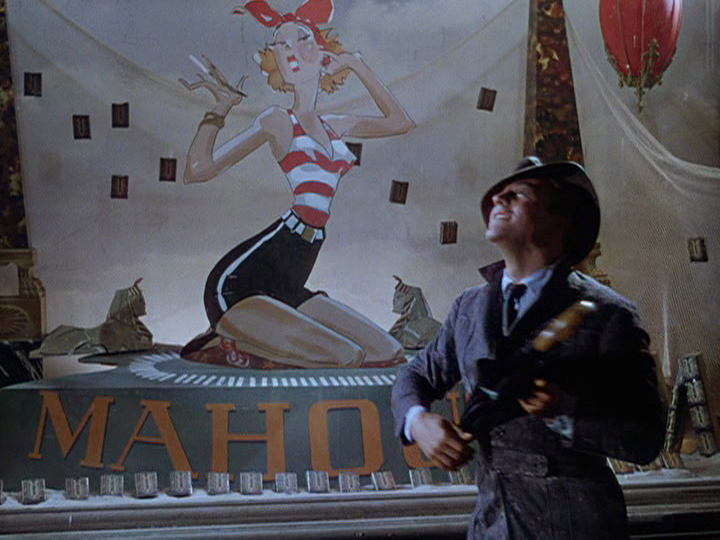

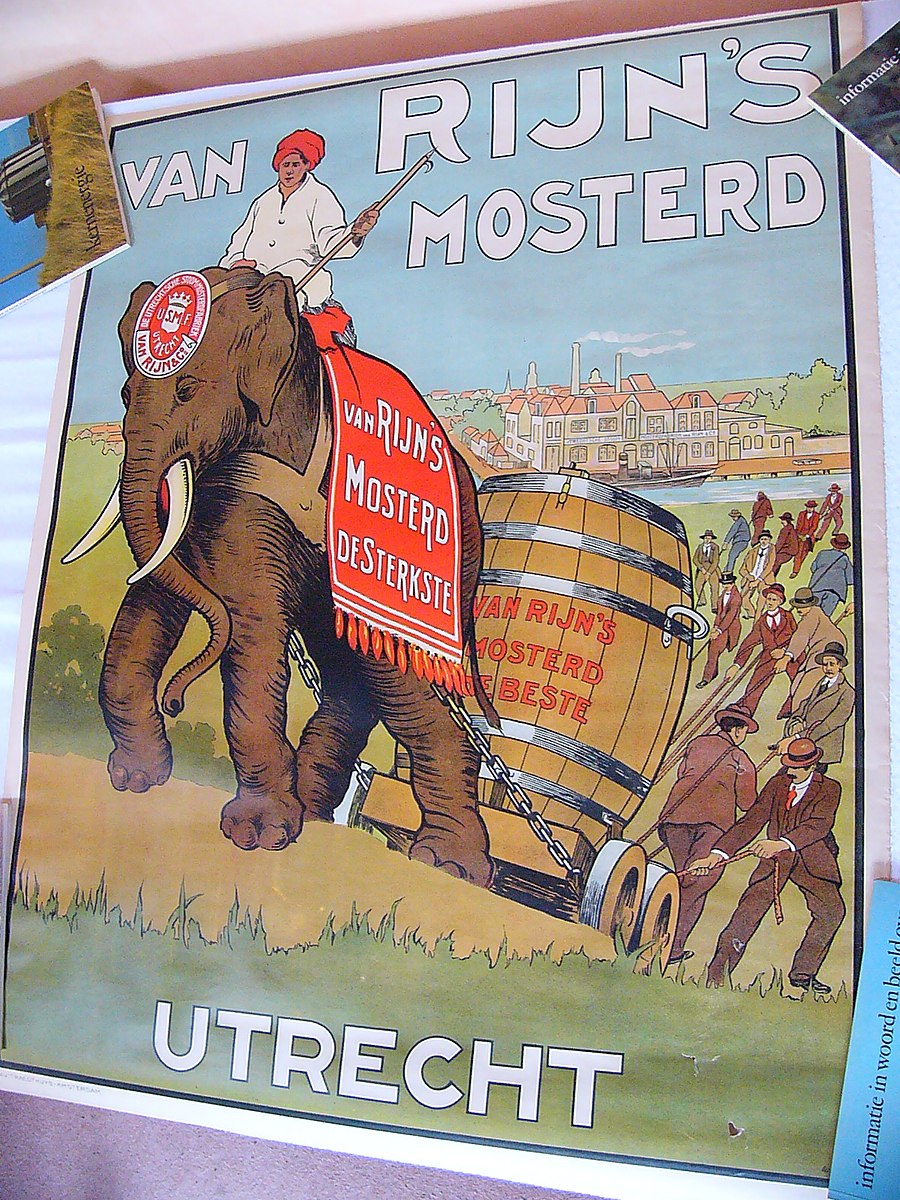
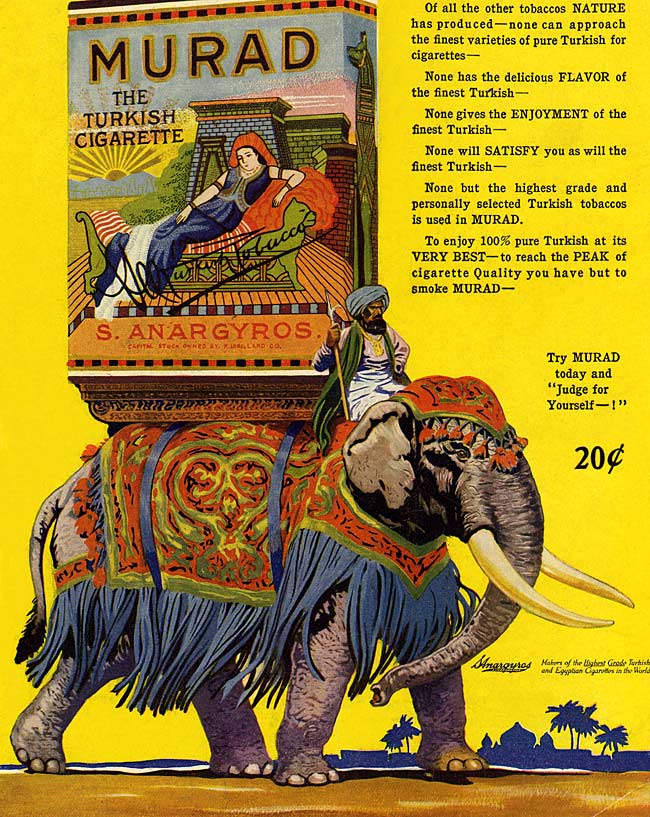
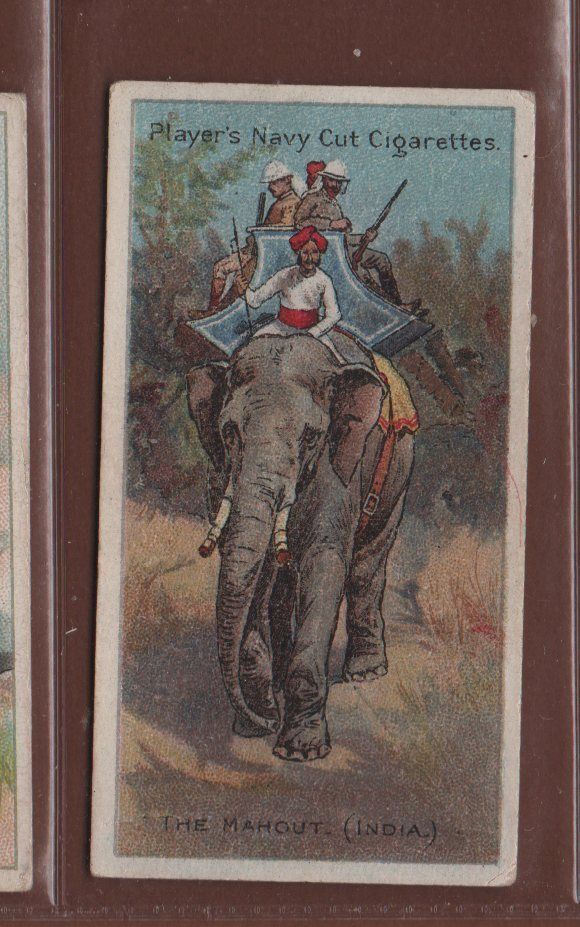
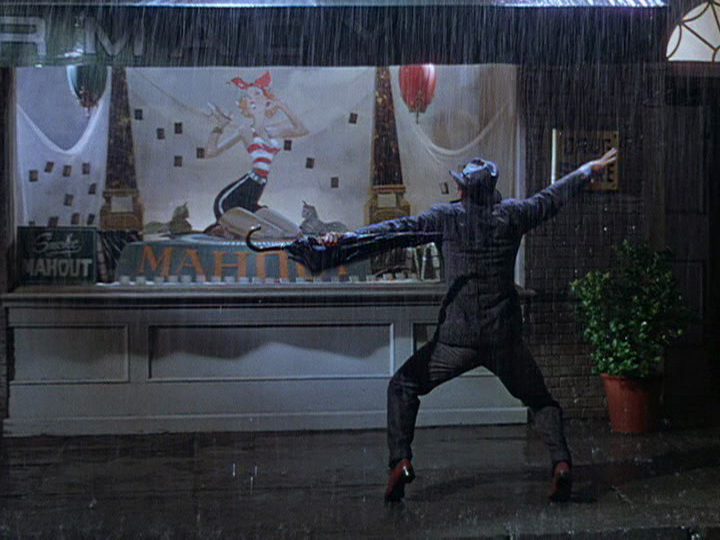
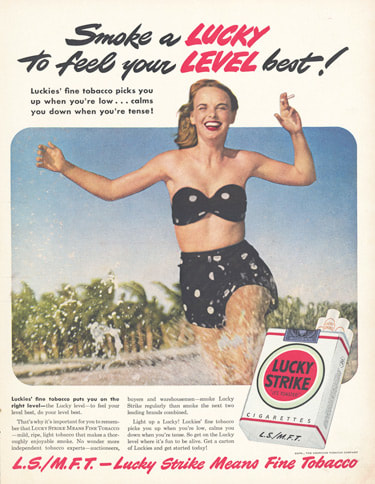
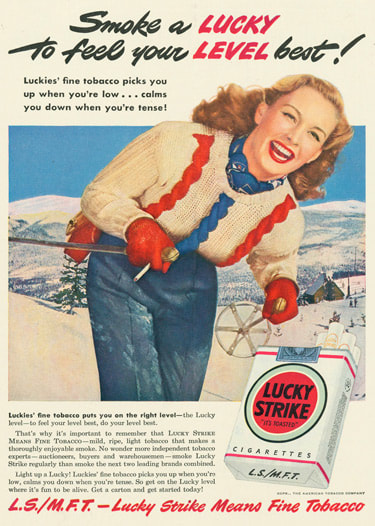
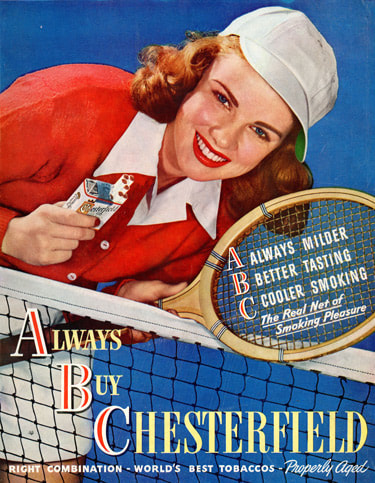
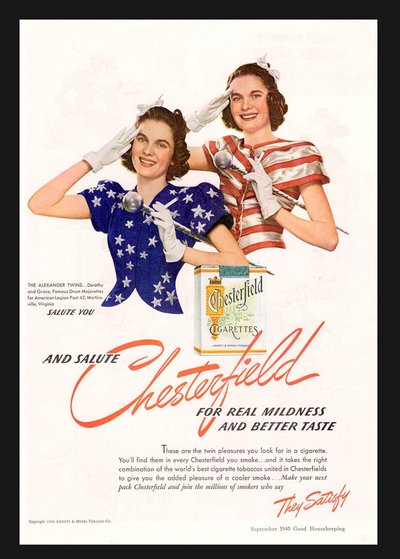
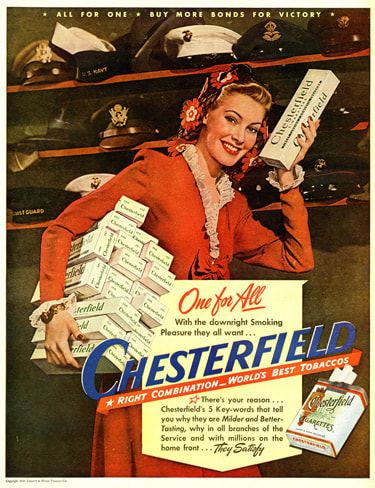
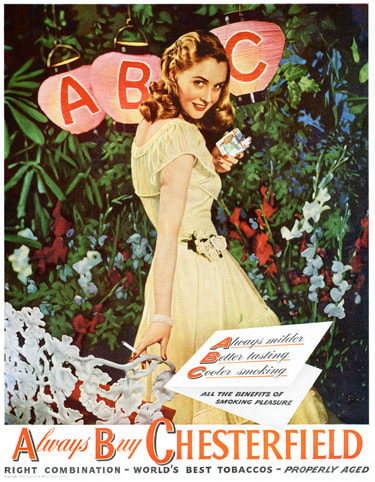
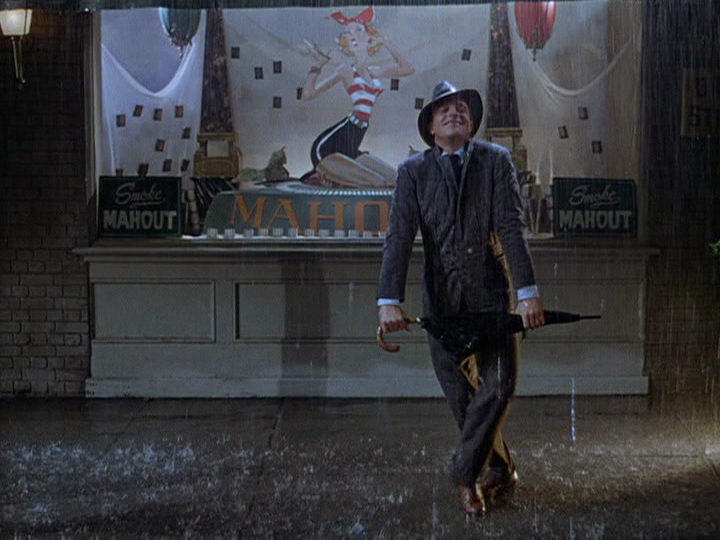
 RSS Feed
RSS Feed